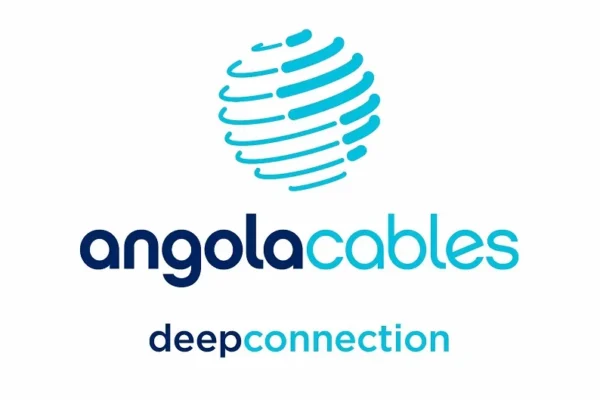The choice of an internet connection provider will be determined by the number of users you have and the usage/type of work they are doing. If the work involves heavy usage – streaming videos, and a voice over internet protocol (VOIP) phone system downloading or uploading of heavy files then you will need higher bandwidths than an office that uses its connections to simply check for email and handle basic correspondence.
When shopping for internet access, there is a variety to choose from but you probably have not been able to decipher the different marketing terms. Let’s have a brief look at the different terms and the connections:
This is the cheapest of connections and uses traditional phone lines. It can carry on voice calls and transfer data simultaneously. Its performance is dependent on how far you are from the internet service provider (ISP)’s exchange. Speeds may reach 15 Mbps for downloads and 1 Mbps for uploads. DSL connections can support up to a dozen normal capacity users simultaneously or a point-of-sale systems.
Used to describe bandwidth that is faster than traditional dial-up access. Most connections today fall into this category.
Cable connections fit into broadband connections as speeds range from 50-100 Mbps for downloads and 2-10 Mbps for uploads. The technology works over standard television cable lines and will permit the use of synonymous use on, TV, digital phone, and WIFI. However, since services are shared among users you could experience slow connections during peak hours
This is a relatively new term and refers to speeds approaching or exceeding 50 Mbps. examples include;
Fiber connections are the most superior connections available currently. They are being used by telecommunication companies in their infrastructure and they are increasingly getting them close to end-users. These connections permit speeds of 15 – 150 Mbps download and of 5 to 35 Mbps upload.
ISP providers normally have different packages. The real difference in service is in the bundling of services, Service Level Agreements, and Terms of Service. Go through the fine print before you make up your mind and not just listen to the sales pitch. Service may also be bundled; Internet, cable TV, and phone usage e.g. Zuku services in Kenya.
Another consideration is the hardware that comes with the service. Some companies will offer it for free or expect you to pay extra for premium quality equipment that includes a router with Ethernet ports, firewall protection, or even a built-in Wi-Fi router. Such information may not be indicated in their website or marketing material so it is important that you ask about this before you sign up or you could get stuck with equipment that you are not totally happy with.
Like, Comment and Subscribe


